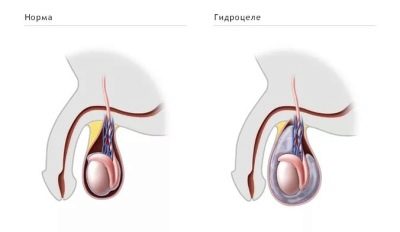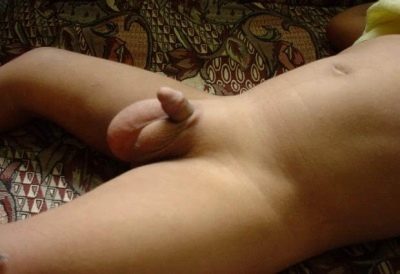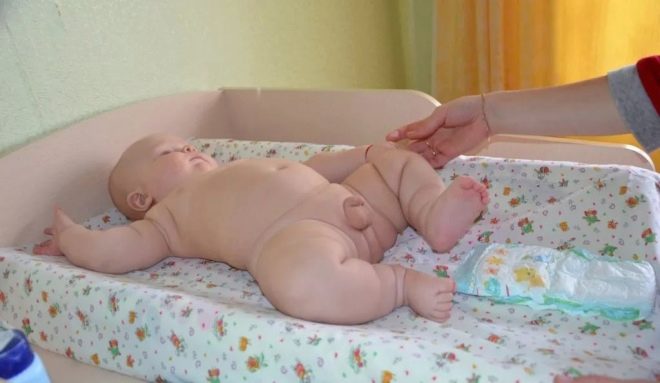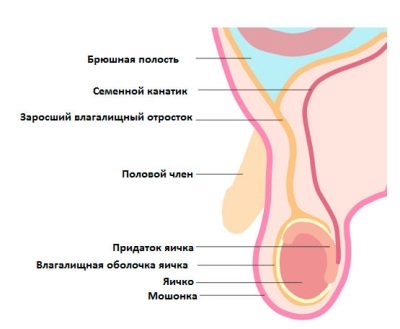How does dropsy testicle in a child?
The fact that dropsy of the testicles is extremely widespread in newborn boys and babies is known to all mothers. But not everyone can see the hydrocele of their baby on their own. In this article, we will talk about what dropsy looks like and what to do if a son develops symptoms of hydrocele.
What it is?
Hydrocele is a collection of physiological serous fluid in the scrotum and testicular membrane. Pathology occurs in approximately 15% of newborns. At the same time, the scrotum visually increases greatly, and this increase is not always symmetrical two-sided.
The main cause of the problem lies in the peculiarities of the formation of the testicle itself. Everything happens in the period of prenatal development of the crumbs. At the 24th week of pregnancy, the testicles formed in the boy's abdominal cavity begin their way down to where they are supposed to be.
At the same time, the peritoneum is stretched and lowered behind them, the so-called vaginal process is formed.
Normally, at the time of birth, it should overgrow with connective tissue, however, this is not always the case. If for some reason overgrowth is slowed down, or the child was born before the obstetric period set for him, then the canal connecting the scrotum and the peritoneum remains open, and the physiological fluid flows into the testicular shells.
Acquired dropsy in babies is rare. In male babies, dropsy is most often physiological, due to the fact that the fluid provided by nature for the free movement of the testicle inside the scrotum is produced more than necessary. Acquired hydrocele is associated with trauma to the testicle, its inflammation, tumors in the scrotum, and also quite often accompanies the state of cardiovascular insufficiency.
Visual signs of the disease
Despite the visual increase in the scrotum, hydrocele does not cause pain in the child. Therefore, it is possible to suspect such a delicate problem in infants by the appearance of the genitals. Normally, the child’s scrotum is proportionally smaller than the scrotum of an adult male, it has a normal color, and there are no visible bulging vessels and veins on it.
When dropsy, one half of the scrotum, or the whole of it, looks edematous, enlarged, the color of the skin changes from normal to somewhat bluish, and there may be tense veins and blood vessels. The scrotum itself has a flat surface, in daylight there may be a slight glossy shine of the swollen place. At the touch, the hydrocele is tight and elastic. Do not be afraid to touch it, as the child does not deliver palpation pain.
If desired, the skin of the scrotum can be folded freely. It is very difficult to test the testicle itself, with edema of large sizes it is not possible in principle. With a small dropsy, the testicle will be felt at the very bottom of the edematous zone. If you take a small flashlight and shine it below the scrotum, the light will penetrate the entire area of the swelling. The stronger the dropsy, the better the light rays pass.
It should be noted that not always the size of the scrotum will look the same. If the vaginal process of the peritoneum, which is not overgrown in time, provides free communication with the abdominal cavity, the fluid from the hydrocele can penetrate back through it into the peritoneum, and then the swelling will be much less. Then the increase in the scrotum in size returns.
If the scrotum does not resize downwards, it remains steadily increased or slowly grows in size, one can suspect an isolated form of dropsy, in which there is no message with the abdominal cavity, and the accumulated physiological serous fluid is unable to exit. A small and gradual growth of hydrocele in size suggests that dropsy is associated with an imbalance of the fluid produced for natural lubrication of the testicle and its expenditure.
If the dropsy is large and difficult to recognize, the child may have some difficulty urinating. Parents may notice that the baby begins to worry before emptying the bladder. In most cases, you can determine the dropsy in the coming days after the birth of the boy. Less commonly, it occurs in the first weeks, usually up to 2 months of independent living.
The scrotum may increase with child's inguinal hernia. To distinguish dropsy from a hernia is quite simple. Hernia with a slight pressure set. Hydrocele is not typical. With a communicating form of the disease, when lightly pressed, the swelling of the scrotum will begin to slowly decrease as the fluid begins to flow into the abdominal cavity. With an isolated reduction will not happen at all.
If the dropsy was suspected by the parents of a baby who is not yet two weeks old, then it’s too early to sound the alarm, since the swelling of the scrotum, which is associated with hormonal changes in the body, looks almost the same. The baby is no longer experiencing the effects of maternal hormones, and this swelling does not apply to hydrocele, and with diseases and pathological conditions has nothing in common.
What to do when detected?
When detecting puffiness in the genital area, parents must show the child to the surgeon. Only a specialist can quickly recognize what the problem is, to distinguish hernia from dropsy and a tumor inside the testicle from an injury that the baby may have received during a difficult birth.
Do not be afraid to appeal to the surgeon, because no one will immediately operate on anyone. The testicular droppings in babies up to 2 years old are simply observed, because in 70-80% of cases, hydrocele “resolves” independently without any specific treatment.
And only a small percentage of boys need surgery, which they are also trying to postpone for age after two years.
If the hydrocele is complicated by suppuration or by the accumulation of blood in the scrotum, the operation can be carried out earlier, but only in order to avoid peritonitis and mechanical total compression of the sex gland, which is the testicle. Such emergency indications for surgical intervention occur infrequently.
If parents have a suspicion that baby dropsy testicles, children's urologist of the highest category Sumin A.I. talk in detail about this issue.
What is dropsy testicle, you can learn from the second video.
























